Bra Fitting Notes: What Your Fitter Writes and Why
If you’ve been fitted at Broad before, you might have seen us taking notes. Everything we write down goes in your file to help your future fittings run more smoothly. But have you ever wondered what exactly we’re writing down? Here’s a peek at our bra fitting notes.
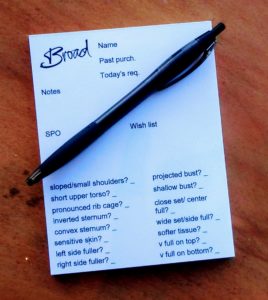
Our notepad, complete with checklist!
Almost half of that page is about your body shape, and for good reason! People talk a lot about getting the right bra size, but getting the right shape for your body is just as important. I’ve written about some of this before. To learn about sloped or small shoulders, short upper torso, projected vs. shallow busts, and softer tissue, click here. As for the rest…
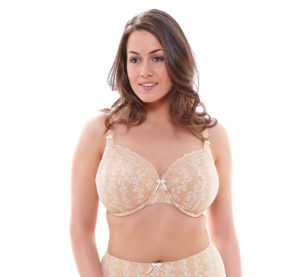
Elomi’s Nina is bandless. No flipping!
Pronounced rib cage
If your rib cage flares out below your breasts, you might notice that the band of your bra flips up at the front. If that bugs you, we’ll bring you bras that are either bandless or have a minimal extended band.
Inverted or Convex sternum
Ideally the centre wires of your bra will lie flat against your sternum. But if you have an inverted or convex sternum, wires can’t really lie flat. If your sternum is convex (sticks out from your body) we’ll choose bras with lower centre wires so that they don’t poke you. If your sternum is inverted (recessed) we’ll pay extra attention to the other fit points to be sure you’re still getting good support.
Sensitive skin
In this case, we’ll avoid lace and look for softer fabrics without embellishment. If your skin is very sensitive, we can minimize irritation by keeping fittings short so you’ll try on fewer bras at one time.
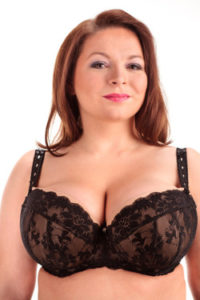
Ewa Michalak’s Cappuccino has removable pads, making it easy to balance your fuller and smaller sides.
Left or right side fuller
Everyone has one boob that’s at least a little bigger than the other. Usually we can find a good compromise in size, so that your fuller side is contained and your smaller side isn’t swimming in the cup. If one breast is significantly larger than the other, we’ll choose bras that help balance that.
Close set or wide set? Centre full or side full?
Close set or centre full breasts do best with narrow and low centre wires, since there’s less space for the gore to fit between the boobs. Wide set or side full breasts need wide wires with more space between them in the centre and more room at the sides. Wires should always sit just outside your breast tissue, never on it.
Full on top or bottom?
If your breasts are full on bottom and your bra isn’t, you’ll notice a gap at the bottom of the bra between your boob and the underwire. A small space isn’t the end of the world, but for the best support and comfort the wire should sit right in the crease where your breast meets your ribs. If you’re full on top and your bra isn’t, you probably find that your bra presses in at the top and creates a “double boob” effect.
(You can check this at home using this trick from the Bra Skeptic: without a shirt or bra, turn to the side and bend over in front of a mirror. If there’s more breast tissue above your nipple, you’re full on top. More tissue below the nipple? Full on bottom.)
What Works & What Doesn’t
We don’t just take notes on your body; we’re writing about the bras, too. Maybe you’ve found a bra you love but it’s not in the budget right now. That’s okay! We’ll make a note of it for your wish list. We also keep track of your personal preferences. You don’t do red? Only wear black? Maybe you prefer a round shape or full coverage. It’s all going in your file! We don’t want to waste your time with bras you’ll hate.
All of these details can be the difference between merely tolerating your bra and feeling like a million bucks in it. It turns out that size isn’t everything!

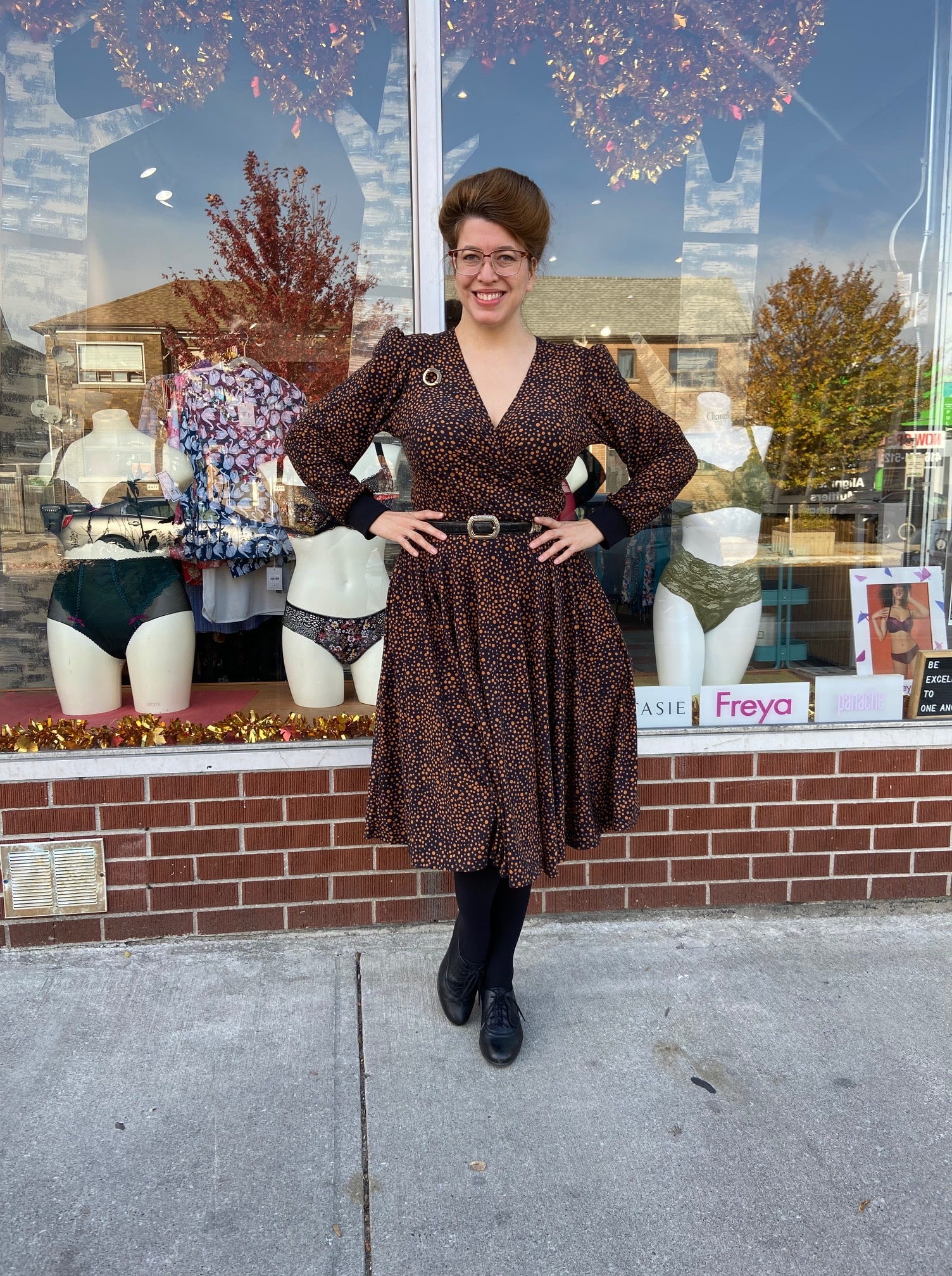
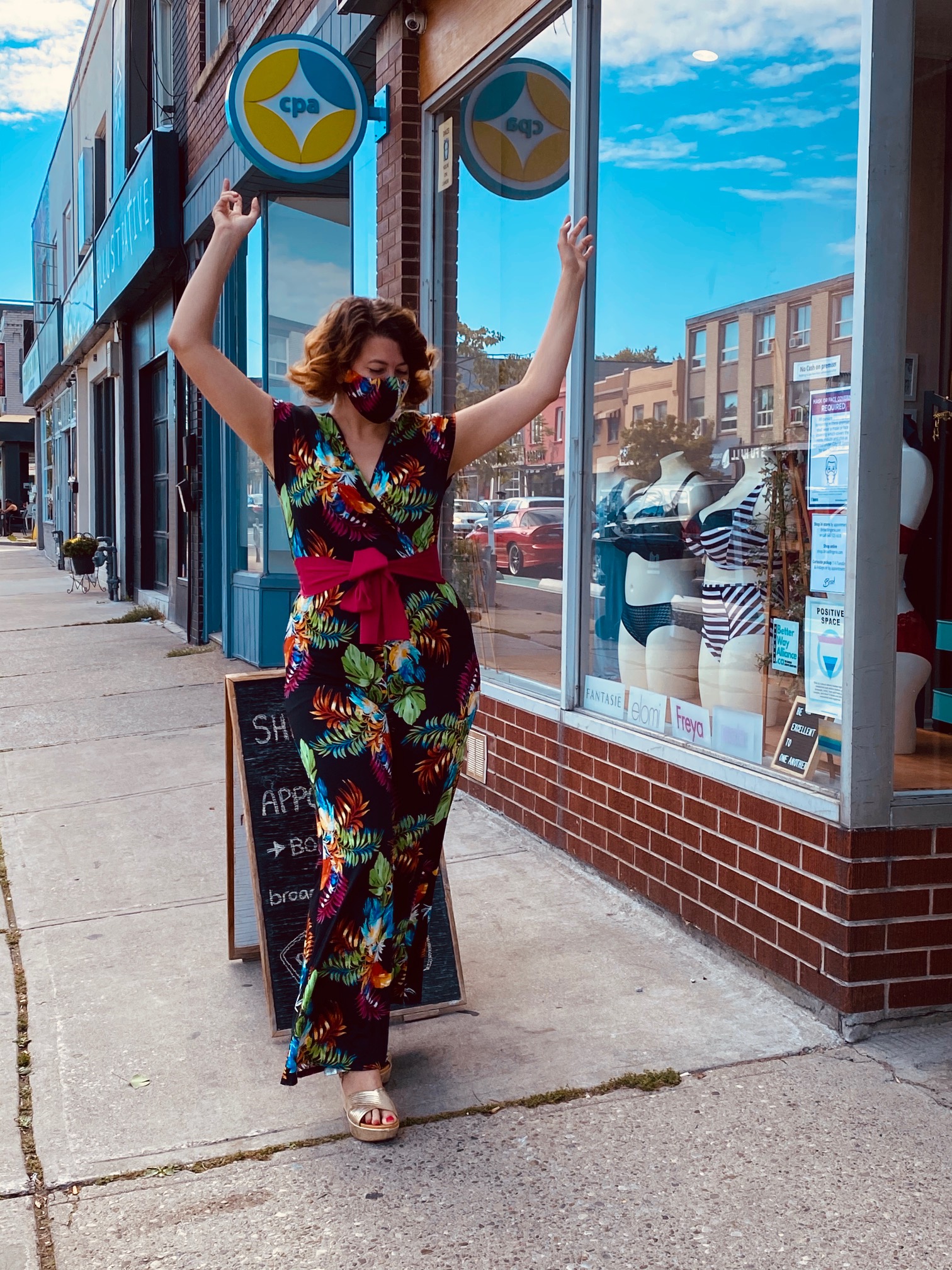
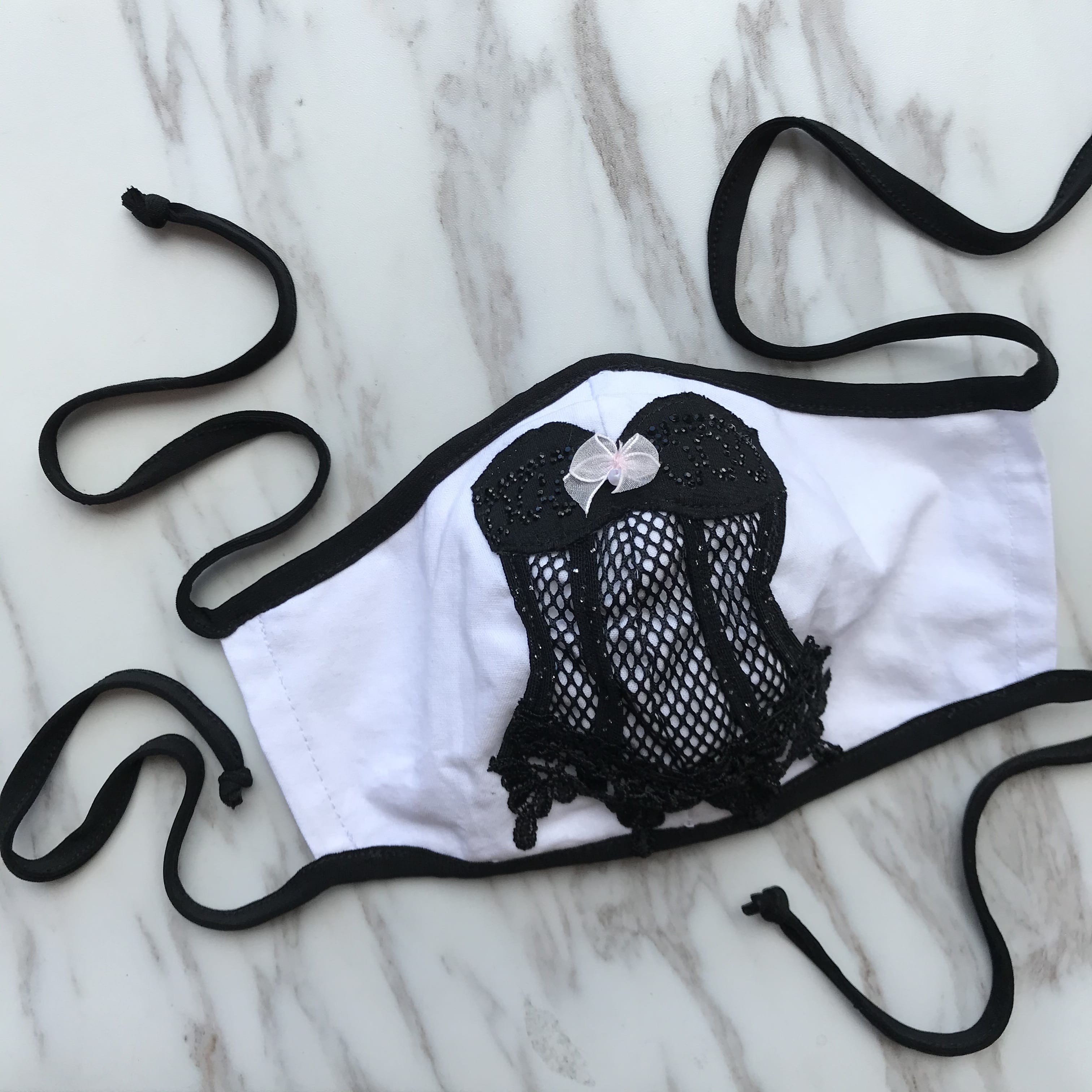
Pingback: Broad Lingerie | Breast Asymmetry
Pingback: A Bra That Lifts - Broad Lingerie